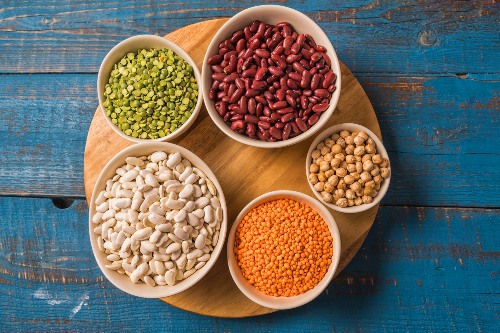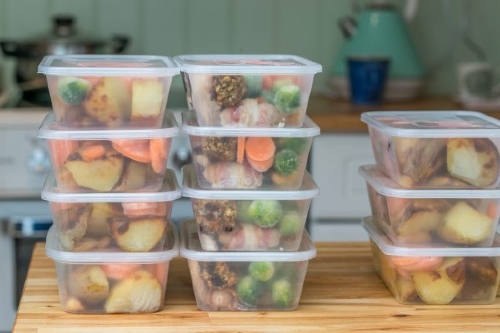We’re rounding up our best blogs about supporting a healthier Earth! Small changes in our eating and meal habits can add up to a big impact.
There’s a lot we can do to support the planet. In fact, UGA SNAP-Ed has a blog about our Top 4 Tips for a Healthier You and a Healthier Planet. Here are some of our top picks:
1. Vary our diet
Choosing different foods (a varied diet) puts less pressure on the food system. This means that our nation’s food supply does not depend on any specific food. A colorful and varied diet is also great for getting lots of nutrients!
For ideas on how to vary your diet, check out our Food Talk Features series. Looking to support locally grown foods? Look for the Georgia Grown label on many fruits and vegetables. There are also many places in Georgia that double your SNAP dollars! Use this SNAP-Ed Food Resource Map to find places near you!

2. Choose plant-based options
Eating more fruits, vegetables, and plant sources of protein can benefit the planet and our overall health! [1] Fill half your plate with fruits and vegetables at most meals. Replace some of your meat proteins with plant-based versions like tofu and beans. Read about the benefits of beans here!
3. Reduce Food Waste
Did you know that 30-40% of food is wasted in the U.S.? This is often because of poor planning and storage. Food waste releases dangerous gases into the environment, so we can make a difference by reducing our food waste! [2]
Aim to plan meals ahead of time and use a grocery list. Meal planning can help us save money and waste less food because we only buy what we need for the week. Try planning meals using our Meal Planning Steps for Success blog. Prepare for a trip to the store with our blog about Planning a Smart Grocery Store Trip.
For more tips on how to reduce food waste, check out these blogs:
Another way to re-use food scraps and grow more foods is to plant it! We have step-by-step instructions for growing herbs, green onions, and microgreens.
Together, we can make eating choices that benefit the Earth and environment.
Written by Melanie Ng, Ph.D. Candidate | Edited by Leslie Davis, MS, RDN, LD, CDCES and the Nutrition Education Team
Posted: April 22, 2021

